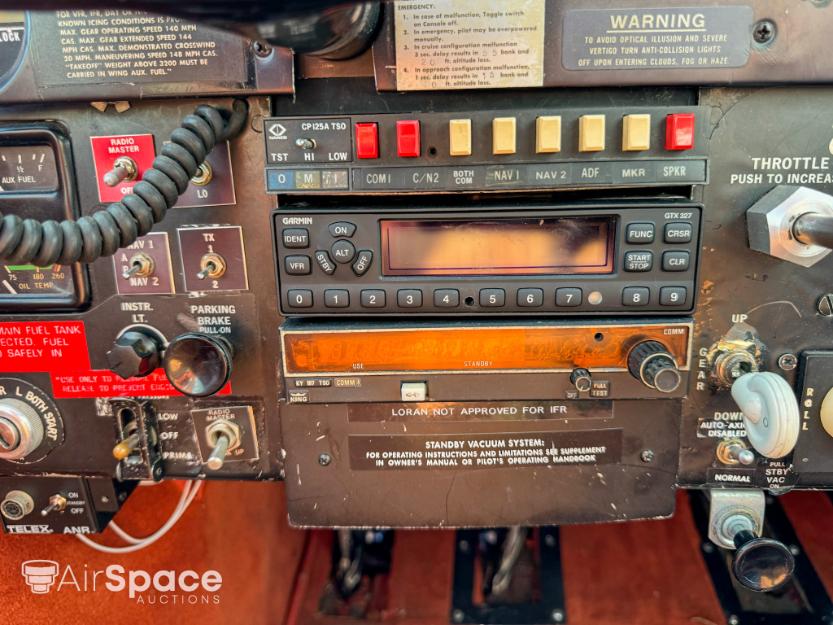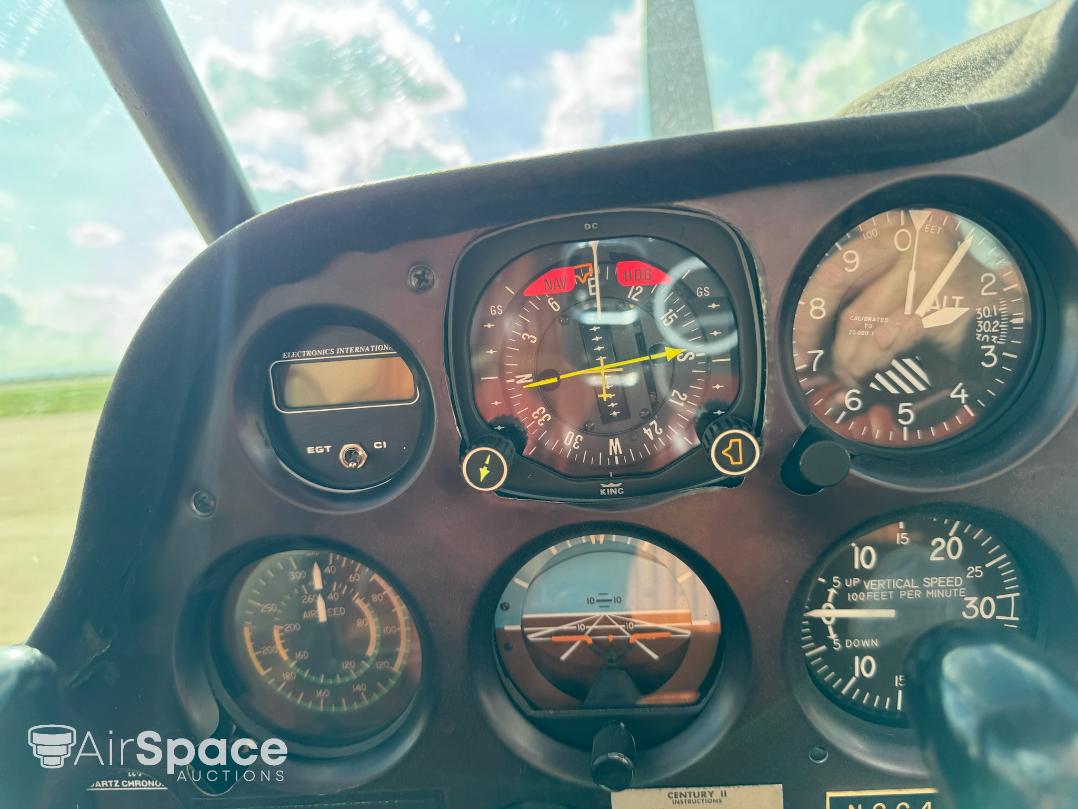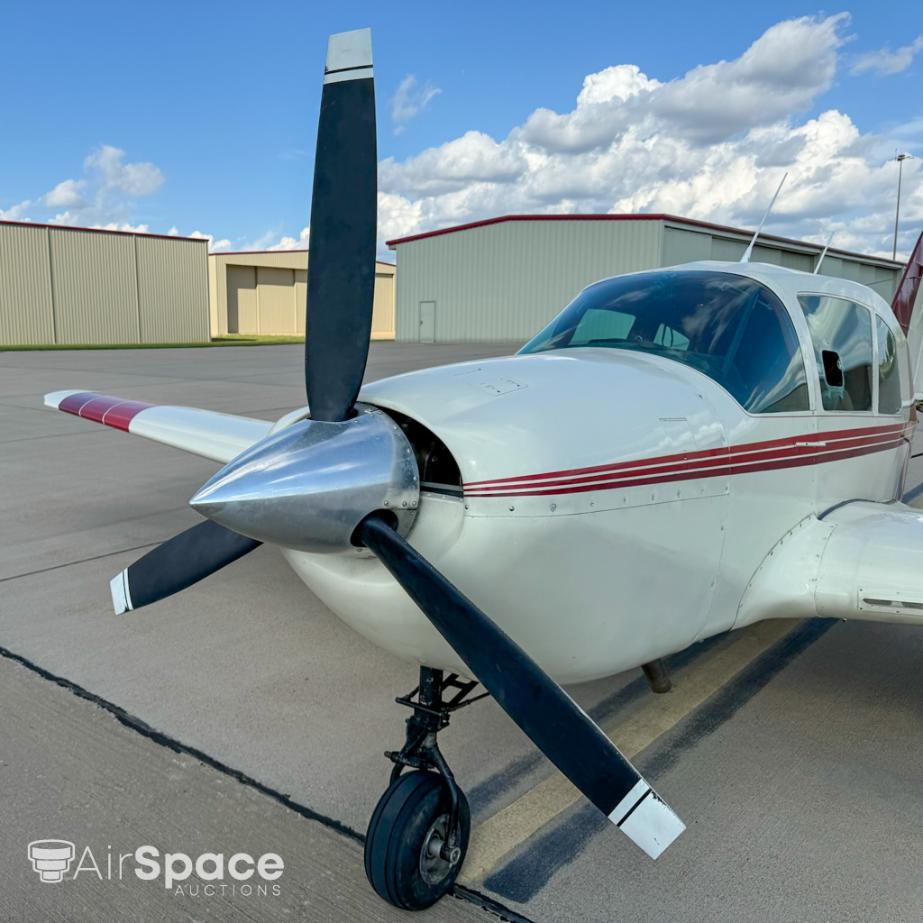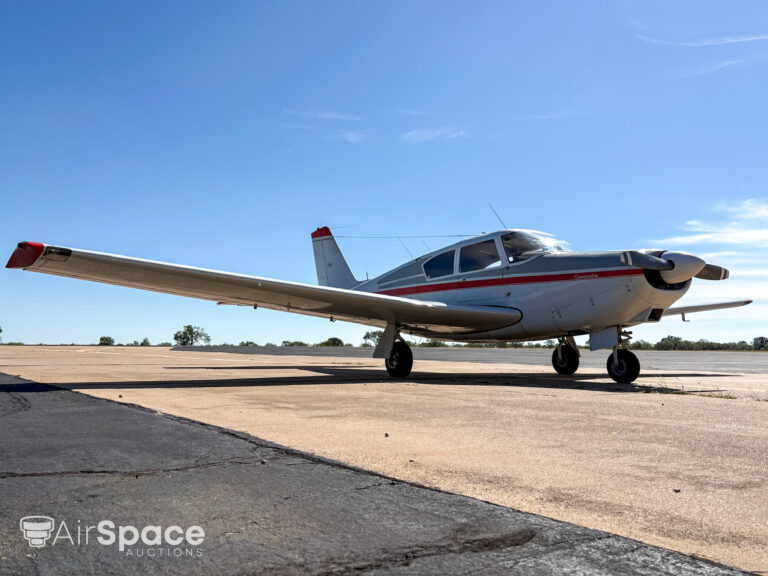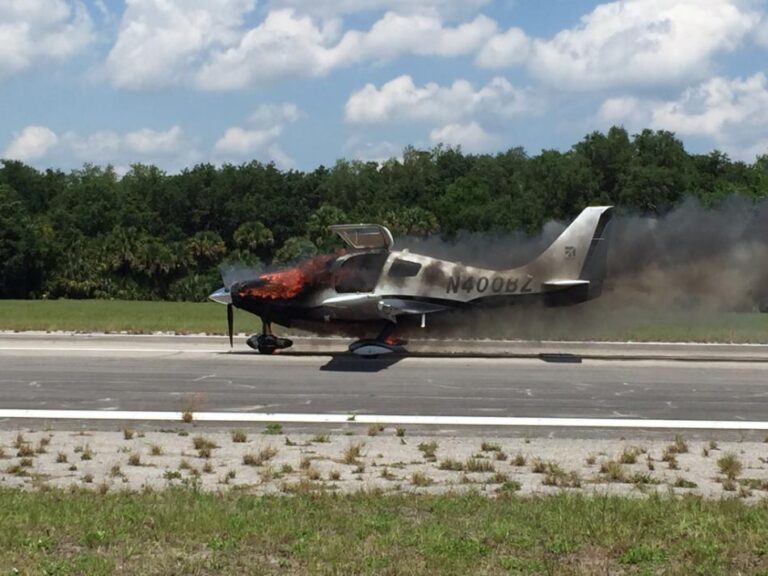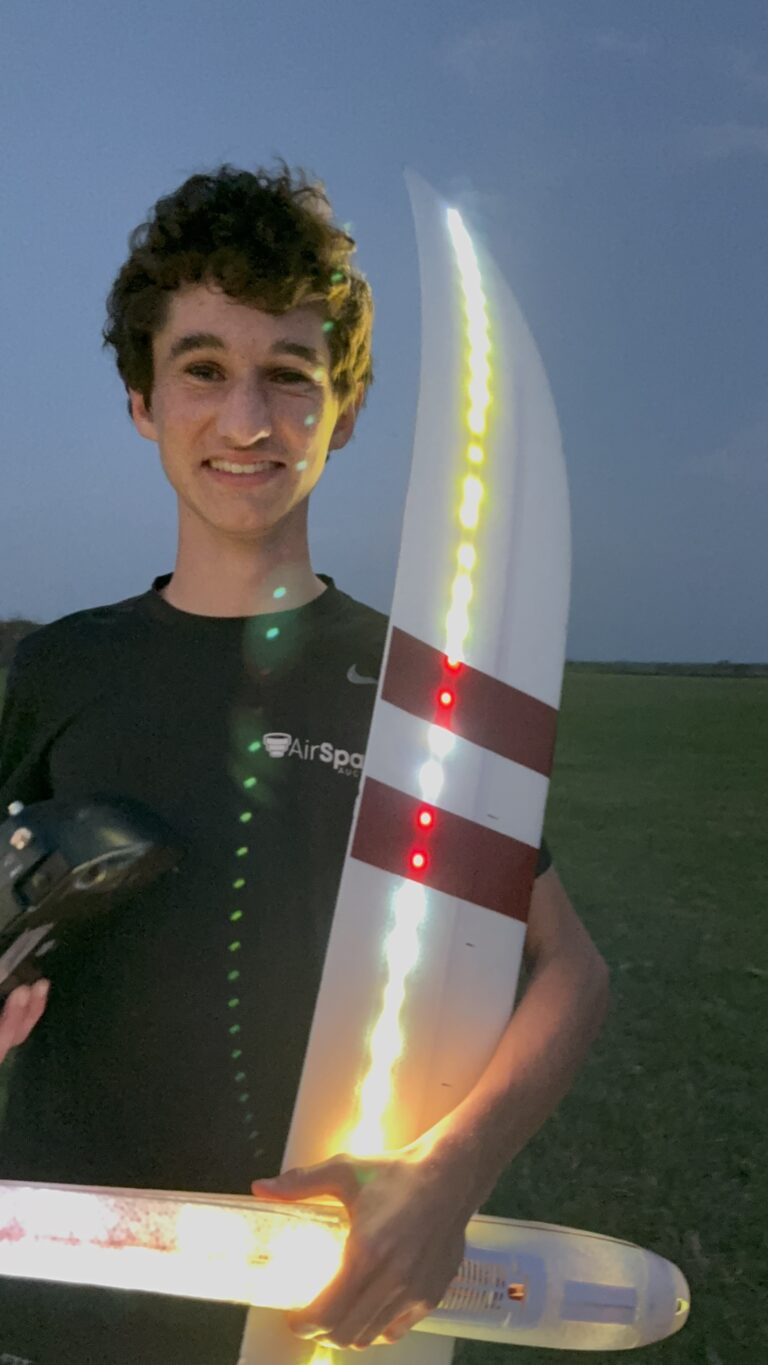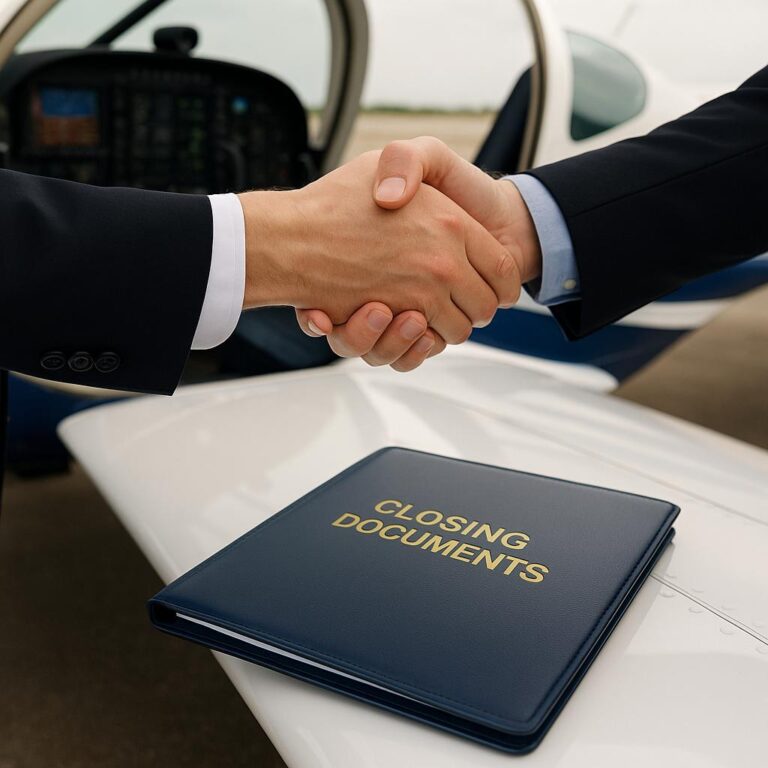1970 Bellanca Viking: The Strength Meets Flexibility of Wood in Turbulence
The 1970 Bellanca Viking, particularly the 17-30A model, stands out as an exceptional high-performance aircraft. Known for its unique construction featuring wood wings, the Viking offers an unparalleled balance of performance, comfort, and durability. Bellanca’s Viking is not just another four-seat aircraft—it’s a testament to the power of engineering and the reliability of materials that offer flexibility and strength. With its wooden wings that flex during turbulence, it provides smoother rides for pilots and passengers, setting it apart from most aluminum-winged aircraft. In this post, we’ll explore the history of Bellanca, the evolution of the Viking, and why the wood-winged design is so effective in providing a comfortable and secure flying experience.
History of Bellanca
The Bellanca Aircraft Corporation, founded in 1927 by Italian aircraft designer Giuseppe Mario Bellanca, has long been an innovative force in the aviation industry. Bellanca’s background in aerodynamics and engineering led to numerous firsts, such as aircraft capable of long-distance flights. In fact, Charles Lindbergh had initially approached Bellanca for the design of the plane he would use for his famous transatlantic flight before ultimately selecting the Spirit of St. Louis.
Throughout the years, Bellanca has been synonymous with innovation, particularly in creating aircraft that strike a balance between strength and lightness. While the company produced a range of models, including touring and commercial aircraft, it was the Viking series that earned Bellanca its place in the personal aviation market. The Viking, introduced in the late 1960s, was revolutionary for its time, featuring wood-and-fabric construction at a time when aluminum had become the industry standard.

Evolution of the Bellanca Viking
The Bellanca Viking was developed from earlier Bellanca models, particularly the Cruisair and Cruisemaster. The Viking, however, was an entirely different breed of aircraft, designed to offer a more sophisticated flying experience with increased performance and comfort. The Viking’s use of wood was key to its success, allowing it to flex under load—such as during turbulence—where more rigid aluminum structures might cause a jarring experience for passengers.
The wood used in the Viking’s wings is not simply any wood but is carefully selected Sitka spruce. This material, combined with the fabric covering, gave the wings a unique ability to absorb and dissipate the forces of turbulence, making for a smoother ride and reducing structural fatigue over time. The Viking’s wings are considered by many to be one of its most distinguishing features, and even today, the model is praised for its turbulence-handling abilities.
The Viking’s Wooden Wings: Flexibility During Turbulence
What sets the Bellanca Viking apart from many aircraft of its time and even modern aircraft today is its wing construction. Bellanca’s wooden wings, unlike aluminum or composite wings, have a natural flexibility that allows them to absorb the energy from turbulence and sudden wind changes. This flexibility not only improves the comfort for passengers by reducing the intensity of turbulence felt in the cabin but also prolongs the life of the aircraft’s structure.
While aluminum can fatigue over time from the constant bending and stress caused by turbulence, wood has a much longer fatigue life under similar conditions. In turbulent air, where rigid wings might strain and stress, the Viking’s wooden wings bend and flex, distributing the load across the structure and reducing the wear and tear. For long-distance flights, this flexibility provides a smoother and less fatiguing experience for pilots and passengers alike.

The Viking’s High-Performance Design
The Bellanca Viking isn’t just known for its innovative wing design. This aircraft is a high-performance machine, featuring a Teledyne Continental IO-520-K engine, responsive handling, and a higher useful load than most four-seat aircraft. Its design offers pilots both efficiency and comfort, making it ideal for long cross-country trips.
One of the standout features of the Bellanca Viking is its high useful load of 1005.5 pounds, which is greater than many of its competitors in the same class. This allows for heavier payloads and longer range flights, making it a practical option for pilots who need to carry both passengers and luggage without compromising performance. With its 87 US gallons of total fuel capacity, the Viking is capable of flying up to 695 nautical miles, making it an excellent choice for long cross-country trips.
The Bellanca Viking in Use: Versatility for Pilots
The Bellanca Viking 17-30A is a versatile aircraft, appealing to a wide range of pilots. Its high performance, combined with its ability to handle turbulence gracefully, makes it a favorite for both recreational and professional pilots. Its light yet strong wood-and-fabric construction ensures that it is both durable and efficient, offering a unique flying experience.
While many four-seater aircraft are limited in terms of load capacity and range, the Viking’s design addresses these concerns. Pilots who frequently undertake long cross-country flights or who need to carry a full load of passengers and luggage will appreciate the Viking’s combination of power, efficiency, and comfort.

Auction of the 1970 Bellanca Viking (17-30A)
For those interested in acquiring this high-performance aircraft, a 1970 Bellanca Viking, serial number 30297, registration N6642V, is available for auction. Located in Abilene, Texas, this Viking has been well-maintained and is an excellent example of Bellanca’s craftsmanship.
Airframe
This Bellanca Viking, with a total time of 2562.2 hours, has been maintained to high standards, with the most recent annual inspection conducted on May 9, 2024. It features five fuel tanks, providing a total fuel capacity of 87 US gallons, 80 of which are usable. The inboard main wing tanks hold 19 US gallons each, while the outboard wing tanks each hold 17 US gallons. An auxiliary fuselage tank adds an additional 15 US gallons, giving this Viking the range to fly for up to five hours at a typical fuel burn rate of 15 gallons per hour, covering approximately 695 nautical miles. With a useful load of 1005.5 pounds, this Viking can comfortably accommodate four passengers and their luggage for long trips.

Engine
The Viking is powered by a Teledyne Continental IO-520-K engine, a fuel-injected six-cylinder powerhouse known for its reliability and performance. This engine has 990.2 hours since its major overhaul, which was completed in March 1982 by ATI Aeromotive. The engine provides the Viking with excellent climb performance and the ability to cruise at comfortable speeds, making it suitable for both short hops and long-distance flights.
Propeller
The aircraft features a McCauley D3A34C401-B propeller with 856.2 hours since new, having been installed in September 1984. This three-bladed propeller enhances the Viking’s performance, particularly in climb and cruise settings, contributing to its overall efficiency and reliability.

Avionics
This Viking comes equipped with a Garmin GTX 327 transponder, SkyBeacon ADS-B out, and two King KY-197 Nav/Comm units. Additional avionics include the King KNS-80 RNAV, King KR-87 ADF, and a Northstar M1 Loran. For ease of navigation, the Viking also features a Century II autopilot, which is coupled to both nav sources, and a full complement of standard flight instruments, including an altimeter, airspeed indicator, vertical speed indicator, and attitude indicator. The avionics suite, while not the most modern, offers reliable IFR capabilities, although the aircraft is not currently IFR certified.

Exterior
The exterior of the aircraft is finished in a classic off-white base color, complemented by three shades of red stripes on the fuselage and wingtips. The paint, while showing signs of wear, remains in good condition, preserving the Viking’s vintage aesthetic.
Interior
Inside, the Viking’s vintage charm continues with its orange vinyl and fabric seats, matching carpet, and panels. The four-seat cabin provides ample space for both pilot and passengers, with the seating and upholstery reflecting the aircraft’s 1970s heritage.
Additional Features
This Viking includes several additional features that enhance its utility. Bendix magnetos and a Precise Flight standby vacuum system offer added reliability. The aircraft also includes a ski tube kit installed aft of the baggage compartment, suitable for carrying skis or other elongated items. The oxygen system tank has been removed, but the lines remain installed, and the tank is included with the aircraft. Recent maintenance includes a hydraulic power pack overhaul, new tires, and a new vacuum pump, alternator, and aircraft battery.

Auction Information
This 1970 Bellanca Viking (N6642V) is available for auction through Airspace Auctions, with bidding open from November 13 to November 20, 2024. The starting bid is $25,000, with a 6% buyer premium. A deposit of $2,000 is required to participate in the auction. This is a rare opportunity to own a well-maintained and high-performance Bellanca Viking, known for its smooth handling in turbulence and higher useful load than many comparable aircraft.
Conclusion
The Bellanca Viking 17-30A remains one of the most unique aircraft in general aviation, thanks to its innovative use of wood for the wings, which flex to smooth out turbulence. Combining comfort, performance, and durability, the Viking stands as a testament to Bellanca’s engineering prowess. For pilots seeking a reliable, high-performance aircraft with excellent cross-country capabilities and the ability to handle turbulence gracefully, the Bellanca Viking is an excellent choice.





